Home>Garden Essentials>What Kind Of Tree Has The Helicopter Seeds
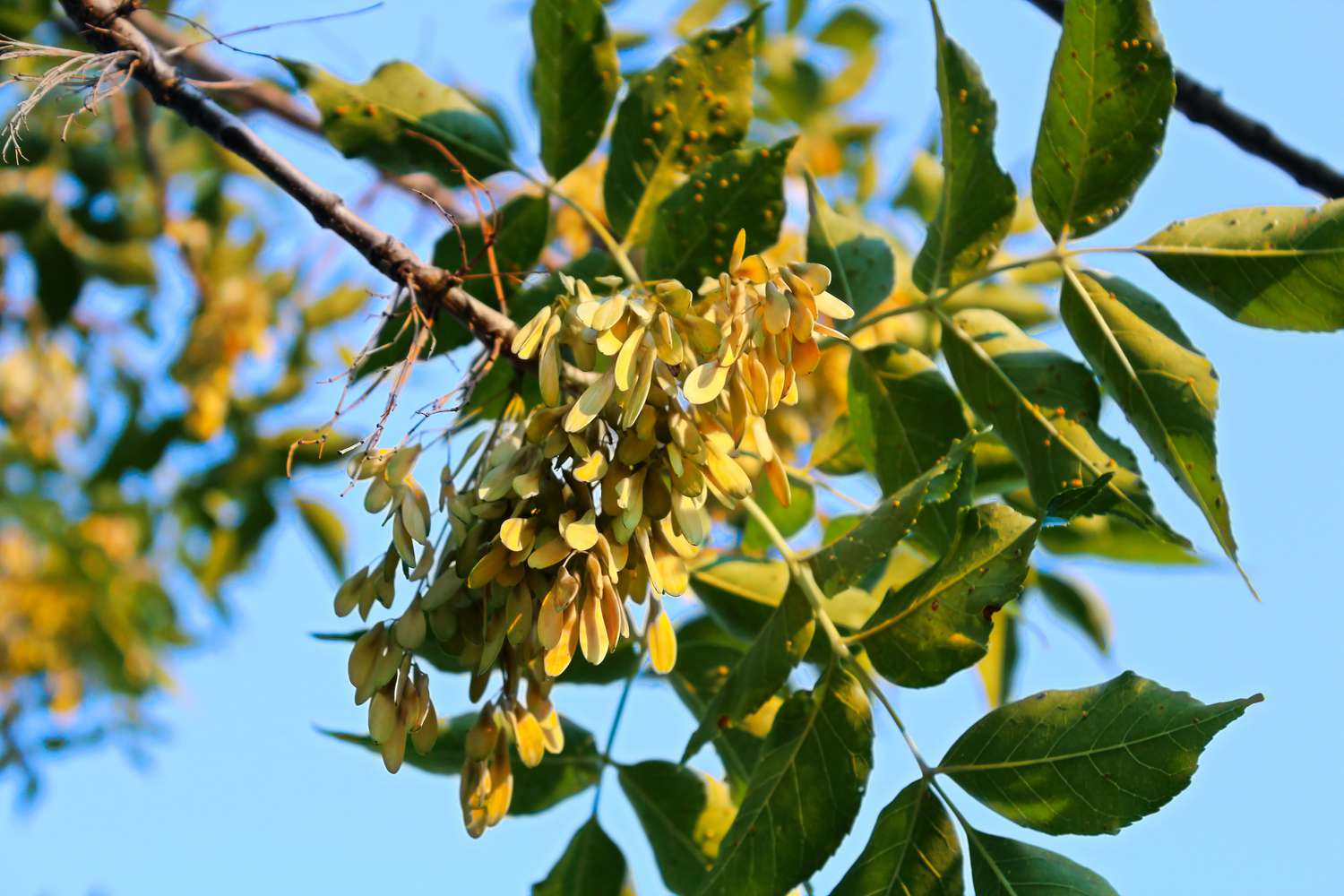

Garden Essentials
What Kind Of Tree Has The Helicopter Seeds
Modified: March 24, 2024
Discover the garden tree with helicopter seeds and find out what kind of tree produces these unique seeds. Explore the fascinating world of gardening and learn more about this intriguing phenomenon.
(Many of the links in this article redirect to a specific reviewed product. Your purchase of these products through affiliate links helps to generate commission for Storables.com, at no extra cost. Learn more)
Introduction
Gardening is a rewarding and fulfilling hobby that allows us to connect with nature and create beautiful outdoor spaces. One of the fascinating aspects of gardening is the variety of plants and trees that we can cultivate. From colorful flowers to towering trees, each species has its unique characteristics and features. In this article, we will explore a particular type of tree and its distinctive attribute – helicopter seeds.
Helicopter seeds, also known as samaras, are an intriguing natural phenomenon. These seeds have a wing-like structure that enables them to disperse through the air in a manner similar to a helicopter’s rotor blades. As they spin and glide, they gracefully descend to the ground, ready to germinate and grow into new trees.
In this article, we will delve into the world of trees that produce helicopter seeds. We will discuss the characteristics of these trees, the common types that possess this unique adaptation, and the reasons behind the evolution of helicopter seeds.
So, if you are curious about the fascinating world of trees and their incredible adaptations, join us on this journey to explore what kind of tree has the helicopter seeds.
Key Takeaways:
- Trees with helicopter seeds, like maples and elms, use their unique winged seeds to disperse and colonize new habitats, promoting genetic diversity and contributing to the beauty of our landscapes.
- The mesmerizing flight of helicopter seeds not only adds charm to our gardens but also stabilizes soil, provides shade, and supports wildlife, showcasing the remarkable adaptability and resilience of these tree species.
Read more: What Kind Of Tree Has Long Seed Pods
Definition of Helicopter Seeds
Helicopter seeds, also known as samaras or winged seeds, are a type of seed found on certain trees. These seeds have a unique structure that allows them to disperse through the air, resembling the flight of a helicopter. The name “helicopter seeds” stems from the spinning motion they exhibit as they fall from the tree.
The structure of helicopter seeds typically consists of a central seed enclosed in a papery or fibrous casing. Attached to this casing is a wing-like appendage that resembles a propeller or helicopter rotor. This wing is what gives the seeds their ability to glide through the air.
When released from the parent tree, the helicopter seeds are caught by the wind, causing them to rotate and generate lift. As a result, they are able to travel a considerable distance away from the original tree, increasing their chances of finding a suitable location to germinate and grow.
Helicopter seeds are a remarkable evolutionary adaptation found in certain trees. By utilizing wind dispersal, these seeds can travel far from their parent tree and reach new areas, expanding their range and increasing genetic diversity.
Now that we have defined helicopter seeds, let us explore the characteristics of the trees that produce them.
Characteristics of Trees that Produce Helicopter Seeds
Trees that produce helicopter seeds display distinct characteristics that are essential for the development and dispersal of these unique seeds. While there are several different species of trees with helicopter seeds, they share some common traits that enable them to successfully utilize wind dispersal as a means of reproduction.
1. Deciduous Nature: Most trees that produce helicopter seeds are deciduous, meaning they shed their leaves annually. This characteristic allows the seeds to have a clear and unobstructed path when they are released from the tree, increasing their chances of catching the wind and being carried away.
2. Fluffy Casings: The casing surrounding the seed of these trees is often soft and fibrous, resembling cotton or fluff. This fluffy texture helps the seeds catch the wind and stay airborne for longer periods, maximizing their dispersal opportunities.
3. Wings or Samaras: The defining feature of trees that produce helicopter seeds is the presence of wings or samaras attached to the seeds. These wings provide lift and rotational motion when caught by the wind, allowing the seeds to travel farther from the parent tree.
4. Varying Wing Structures: The wing structures on helicopter seeds can vary among tree species. Some have two wings that are parallel to each other, while others have a single wing or multiple wings that are angled away from each other. These wing structures determine how the seeds rotate and glide through the air.
5. Adequate Seed Production: Trees with helicopter seeds typically have a sufficient seed production, ensuring a higher chance of successful germination and establishment. This abundance of seeds increases the likelihood of new trees sprouting in different locations.
6. Environmental Adaptations: Trees that produce helicopter seeds have evolved these unique adaptations to thrive in their specific environments. These adaptations allow the seeds to disperse over long distances, ensuring the species’ survival by colonizing new areas and avoiding competition with parent trees.
By possessing these characteristics, trees that produce helicopter seeds ensure the continued growth and survival of their species. But which are the common types of trees that display this fascinating adaptation? Let’s find out in the next section.
Common Types of Trees with Helicopter Seeds
There are several common types of trees that produce helicopter seeds, each with its own unique characteristics and growth habits. These trees can be found in various regions around the world and contribute to the biodiversity and beauty of their respective ecosystems. Let’s explore some of the most well-known trees with helicopter seeds.
1. Maple Trees (Acer spp.): Maple trees are perhaps the most recognizable trees with helicopter seeds. They produce winged samaras that are commonly referred to as “maple keys.” The samaras have two wings attached at a slight angle, allowing them to spin and glide through the air effortlessly. Maples are known for their vibrant autumn foliage and are found in both North America and Europe.
2. Ash Trees (Fraxinus spp.): Ash trees are another group of trees that produce helicopter seeds. These seeds, known as ash keys, have a single elongated wing that helps them disperse over long distances. Ash trees are primarily found in North America, Europe, and parts of Asia. They are known for their elegant appearance and are often used in landscaping projects.
3. Elm Trees (Ulmus spp.): Elm trees also produce helicopter seeds known as samaras. These seeds are relatively small and have a rounded wing that aids in their wind dispersal. Elm trees are primarily found in temperate regions of Europe, North America, and Asia. They are known for their large canopies and provide ample shade in parks and gardens.
4. Linden Trees (Tilia spp.): Linden trees, also known as basswood trees, produce helicopter seeds called samaras. These seeds have a distinct heart-shaped wing that allows them to flutter and drift on the wind. Linden trees are found in various regions of Europe and North America and have attractive fragrant flowers that attract pollinators.
5. Sycamore Trees (Platanus spp.): Sycamore trees bear helicopter seeds in the form of spherical clusters attached to a long stalk. As the clusters break apart, the individual seeds with their wing-like structures are dispersed by the wind. Sycamore trees are found in Europe, North America, and parts of Asia. They are known for their distinctive exfoliating bark and large, palmate leaves.
6. Cottonwood Trees (Populus spp.): Cottonwood trees produce helicopter seeds with fluffy cotton-like structures that assist in wind dispersal. These seeds are found in large numbers and can create a captivating sight when they fill the air. Cottonwood trees are mainly found in North America, Europe, and Asia. They are known for their rapid growth and ability to create dense stands.
These are just a few examples of trees with helicopter seeds, but there are many more species that showcase this unique adaptation. The functions and adaptations of helicopter seeds play a crucial role in the survival and propagation of these remarkable trees. Let’s continue our exploration by diving into the functions and adaptations of helicopter seeds in more detail.
The tree that has helicopter seeds is called a maple tree. These seeds are also known as samaras and they help the tree to spread its seeds far and wide.
Functions and Adaptations of Helicopter Seeds
Helicopter seeds serve several important functions and have evolved unique adaptations that contribute to the success of the trees that produce them. These functions and adaptations are essential for the dispersal, survival, and propagation of these remarkable tree species. Let’s delve into the fascinating world of helicopter seeds.
1. Wind Dispersal: The primary function of helicopter seeds is to disperse the tree’s offspring over long distances. The wing-like structures of these seeds enable them to catch the wind and travel far away from the parent tree. This dispersal mechanism helps to prevent overcrowding and competition for resources, as the seeds land in different locations and have space to grow without competing with their siblings.
2. Maximizing Seed Distribution: The spinning and gliding motion of helicopter seeds allows them to be carried by even the slightest breeze. This motion helps to ensure that the seeds are distributed over a wide area, increasing the chances of finding suitable conditions for germination and growth. By covering a larger area, trees with helicopter seeds increase their chances of survival and colonization.
3. Colonizing New Habitats: The ability to disperse over long distances allows trees with helicopter seeds to colonize new habitats. These seeds can reach areas that might be inaccessible to traditional seed dispersal mechanisms, such as water bodies or dense vegetation. This adaptability allows the species to expand its range and adapt to different environmental conditions.
4. Genetic Diversity: The dispersal of helicopter seeds promotes genetic diversity within the tree population. By landing in different locations, the seeds mix with other genetic strains, enhancing the overall resilience and adaptability of the species. This genetic diversity increases the chances of survival in the face of changing environmental conditions or threats such as diseases or pests.
5. Reproductive Efficiency: Helicopter seeds provide an effective means of reproduction for trees. Instead of relying solely on animals or gravity for seed dispersal, these trees have evolved a mechanism that takes advantage of the wind. This efficient method allows for the production and dispersal of a large number of seeds within a relatively short period, increasing the tree’s chances of successful reproduction.
6. Protection for the Seed: The wing-like structures of helicopter seeds also serve to protect the seed during dispersal. The wings act as a shield, reducing the impact of the seed landing on the ground and providing some level of protection against physical damage. This protection increases the viability of the seed and enhances its chances of germination and establishment.
The functions and adaptations of helicopter seeds demonstrate the intricate relationship between trees and their environment. As we appreciate the beauty and marvel at the sight of helicopter seeds gracefully gliding through the air, we must also acknowledge the vital role they play in the survival and propagation of these remarkable tree species.
Now that we have explored the functions and adaptations of helicopter seeds, let’s dive into the fascinating process of seed dispersal and reproduction in trees with helicopter seeds.
Read more: What Trees Do Helicopter Seeds Come From
Dispersal and Reproduction of Trees with Helicopter Seeds
The dispersal and reproduction process of trees with helicopter seeds is a fascinating adaptation that ensures the survival and propagation of these remarkable trees. The mechanism by which these seeds are dispersed and the subsequent steps in their reproduction play a crucial role in the life cycle of these tree species. Let’s delve into this process in more detail.
1. Seed Release: The first step in the dispersal process occurs when the tree releases its helicopter seeds. This typically happens in the late summer or early autumn when the seeds have fully developed and are ready for dispersal. The tree sheds its seeds, either individually or in clusters, from their attachment points, allowing them to fall to the ground or be carried by the wind.
2. Wind Propagation: Once released, the helicopter seeds are caught by the wind due to their wing-like structures. The wind carries the seeds away from the parent tree, propelling them through the air. As the seeds twirl and spin, they travel varying distances, depending on factors such as wind speed and direction.
3. Landing and Germination: When the helicopter seeds reach the ground, they come to a rest and prepare for germination. The exact location of landing is crucial for the success of the seed. Some seeds may land in unsuitable areas such as pavement or water, decreasing their chances of germination. However, seeds that land in suitable soil have a higher likelihood of germinating and developing into new trees.
4. Germination and Growth: Once the seed has landed in suitable soil, it begins its germination process. The seed absorbs water and swells, triggering the growth of the embryonic root, or radicle. As the radicle emerges from the seed, it anchors the seedling into the soil. Meanwhile, the shoot emerges above the soil surface and begins to develop leaves and stems. With proper sunlight, water, and nutrients, the seedling grows into a mature tree over time.
5. Life Cycle and Reproduction: As the mature tree grows, it produces its own helicopter seeds, continuing the cycle of dispersal and reproduction. Once the tree reaches its reproductive age, it develops flowers or cones depending on the species. These structures house the male and female reproductive organs, with pollination occurring through various methods such as wind, insects, or birds. After pollination, fertilization takes place, resulting in the formation of seeds within the flowers or cones. Once again, these seeds will be released, and the process of dispersal and reproduction continues.
The dispersal and reproduction of trees with helicopter seeds showcase the remarkable adaptability and resilience of these tree species. The unique adaptation of helicopter seeds allows them to travel far from the parent tree, increasing the chances of survival and colonization in different habitats.
Now that we have understood the dispersal and reproduction process, let’s explore the benefits and uses of trees with helicopter seeds in various aspects of our lives.
Benefits and Uses of Trees with Helicopter Seeds
Trees that produce helicopter seeds offer numerous benefits and have a variety of uses in different aspects of our lives. From environmental contributions to practical applications, these trees play a significant role in our ecosystems and society. Let’s explore some of the benefits and uses of trees with helicopter seeds.
1. Ecological Importance: Trees with helicopter seeds play a vital role in maintaining ecological balance. They contribute to the biodiversity of ecosystems by providing food, shelter, and a suitable habitat for a diverse range of organisms, including birds, insects, and mammals. The dispersal mechanism of helicopter seeds promotes genetic diversity and allows these trees to colonize new habitats, enhancing overall ecosystem health and resilience.
2. Soil Stabilization: The extensive root systems of trees with helicopter seeds help stabilize the soil, preventing erosion and minimizing the effects of landslides. The process of germination and growth helps bind the soil particles together, reducing the risk of soil erosion caused by wind or water. This soil stability is especially important in areas prone to erosion, such as riverbanks and hillsides.
3. Shade and Cooling: The canopy of trees with helicopter seeds provides shade, creating a cool and comfortable environment during hot summer months. These trees help reduce the temperature in urban areas and act as natural air conditioners, lowering energy consumption in buildings and reducing the need for artificial cooling systems. The shade also offers a pleasant space for outdoor activities and relaxation.
4. Aesthetic Enhancement: Trees with helicopter seeds contribute to the visual appeal and aesthetics of landscapes. Their unique form, vibrant foliage, and graceful seed dispersal add beauty and charm to parks, gardens, and natural areas. These trees enhance the overall sense of well-being and create a serene and peaceful atmosphere in our surroundings.
5. Timber and Wood Products: Many trees that produce helicopter seeds have valuable timber that is used in various industries. The wood from these trees is often sought after for its strength, durability, and attractive grain patterns. It is used in the manufacturing of furniture, flooring, cabinetry, and other woodworking projects. The timber industry provides jobs and economic benefits in areas where these trees are harvested sustainably.
6. Wildlife Food Source: The seeds and fruits produced by trees with helicopter seeds serve as a vital food source for wildlife. Birds, squirrels, and other animals rely on the nutritious seeds as a part of their diet. The trees’ flowers and foliage also attract pollinators and support insect populations, contributing to the overall health of ecosystems.
7. Recreational and Educational Value: Trees with helicopter seeds offer recreational and educational opportunities. Parks, botanical gardens, and nature reserves with these trees provide spaces for outdoor activities such as picnicking, hiking, and birdwatching. They also serve as educational resources, teaching us about the importance of biodiversity, ecological systems, and the natural world.
The benefits and uses of trees with helicopter seeds demonstrate their multifaceted contributions to our environment, economy, and overall well-being. It is essential to appreciate and protect these trees to ensure their sustainability and continued positive impact on our planet.
As we conclude our exploration of trees with helicopter seeds, we are reminded of the remarkable adaptations and functionalities present in nature. The helicopter seeds serve as a symbol of nature’s ingenuity and remind us of the interconnectedness of all living organisms.
Conclusion
Trees with helicopter seeds are a fascinating group of species that captivate us with their unique adaptations and functions. From the moment these seeds gracefully spiral through the air to their eventual landing and germination, they play a vital role in the survival and reproduction of their parent trees. The helicopter seeds’ ability to disperse over long distances, colonize new habitats, and contribute to genetic diversity showcases the resilience and adaptability of these tree species.
Beyond their ecological contributions, trees with helicopter seeds offer countless benefits and uses in various aspects of our lives. They stabilize the soil, provide shade and cooling, enhance the visual appeal of landscapes, and serve as important food sources for wildlife. Additionally, these trees provide valuable timber for woodworking projects and offer recreational and educational opportunities for people of all ages.
As garden enthusiasts, we are fortunate to witness the beauty and wonder of these trees. Their unique foliage, vibrant colors, and the mesmerizing flight of their helicopter seeds bring joy and inspiration to our gardens and natural spaces. By cultivating and appreciating these trees, we not only create stunning landscapes but also contribute to the preservation of our environment and the well-being of diverse ecosystems.
As we continue to explore the world of gardening and embrace the wonders of nature, let us remember the role that trees with helicopter seeds play in this interconnected web of life. We must nurture and protect these remarkable trees, valuing their contributions and recognizing their importance for future generations.
So, whether you find yourself mesmerized by the spinning flight of a maple key or enchanted by the delicate descent of a samara, take a moment to appreciate the ingenuity and beauty of trees with helicopter seeds. They are a testament to the incredible diversity and adaptability of nature’s creations, reminding us of the wonders that await us in our gardens and beyond.
Frequently Asked Questions about What Kind Of Tree Has The Helicopter Seeds
Was this page helpful?
At Storables.com, we guarantee accurate and reliable information. Our content, validated by Expert Board Contributors, is crafted following stringent Editorial Policies. We're committed to providing you with well-researched, expert-backed insights for all your informational needs.
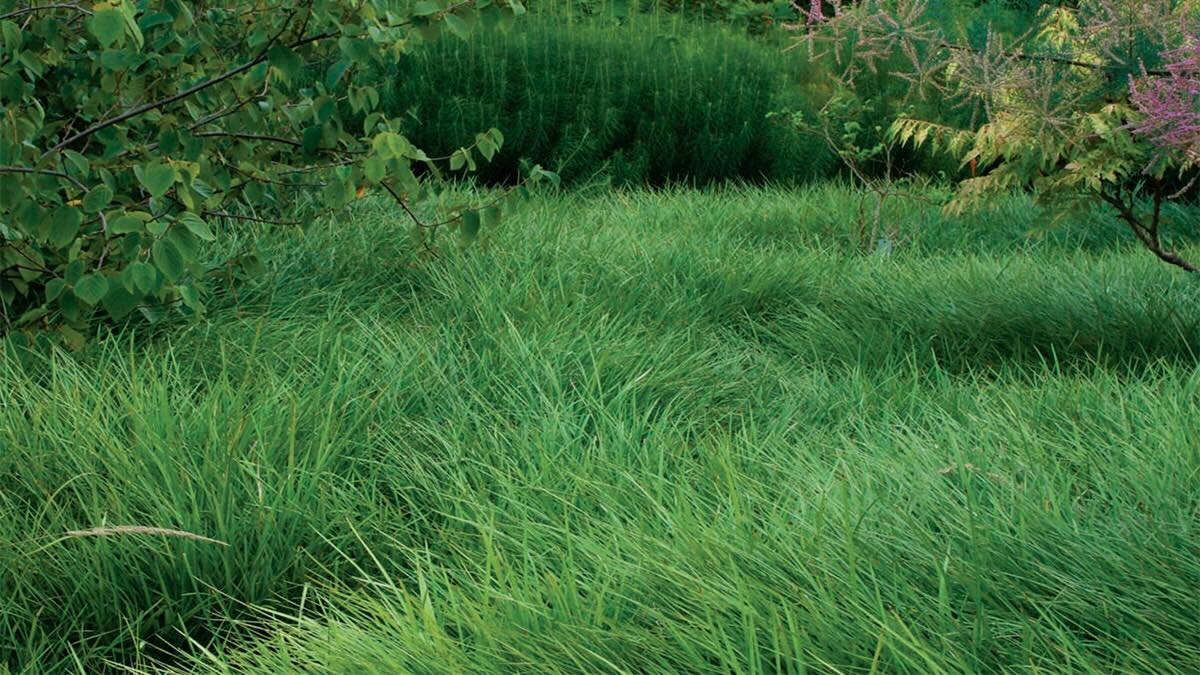
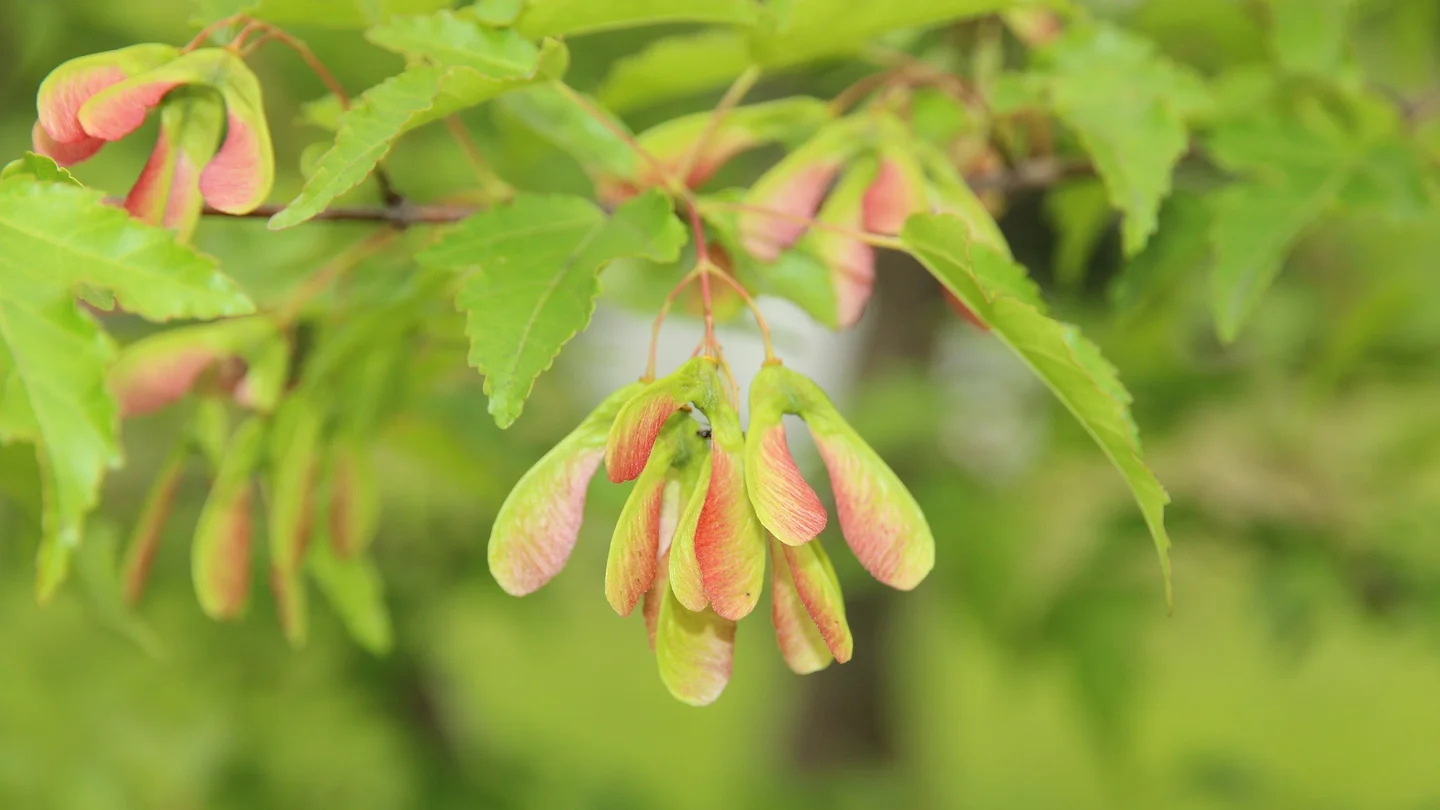
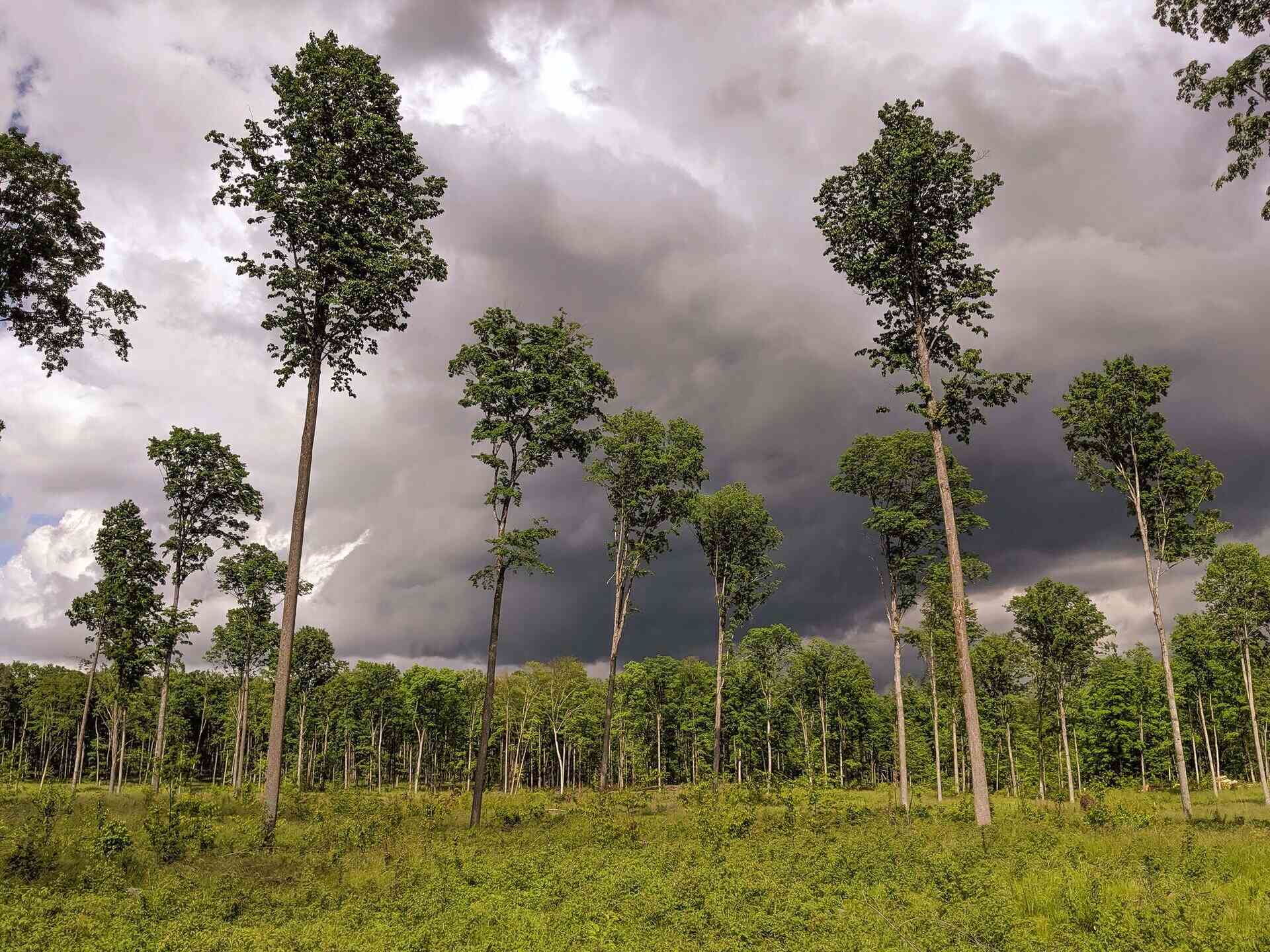



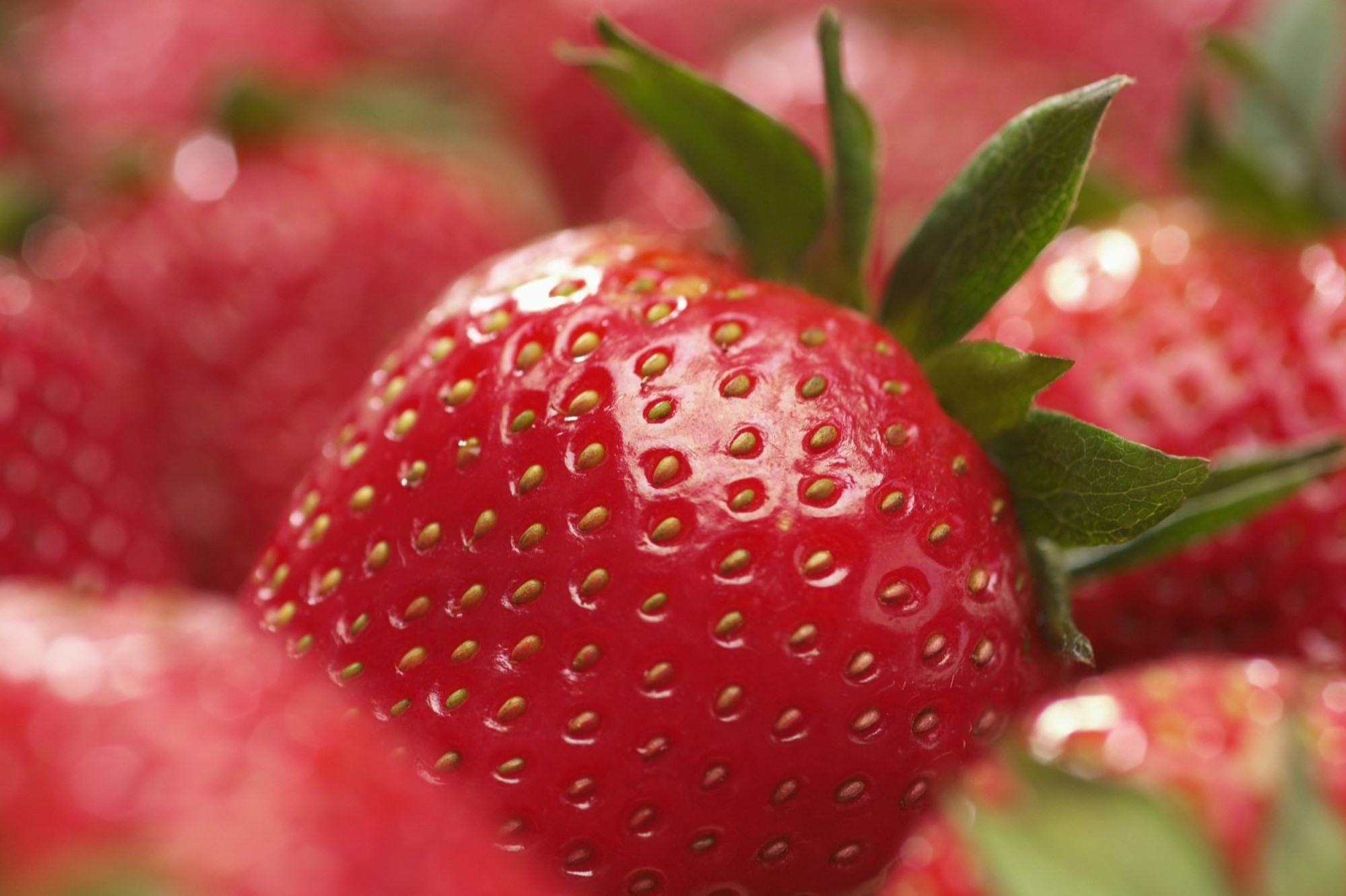
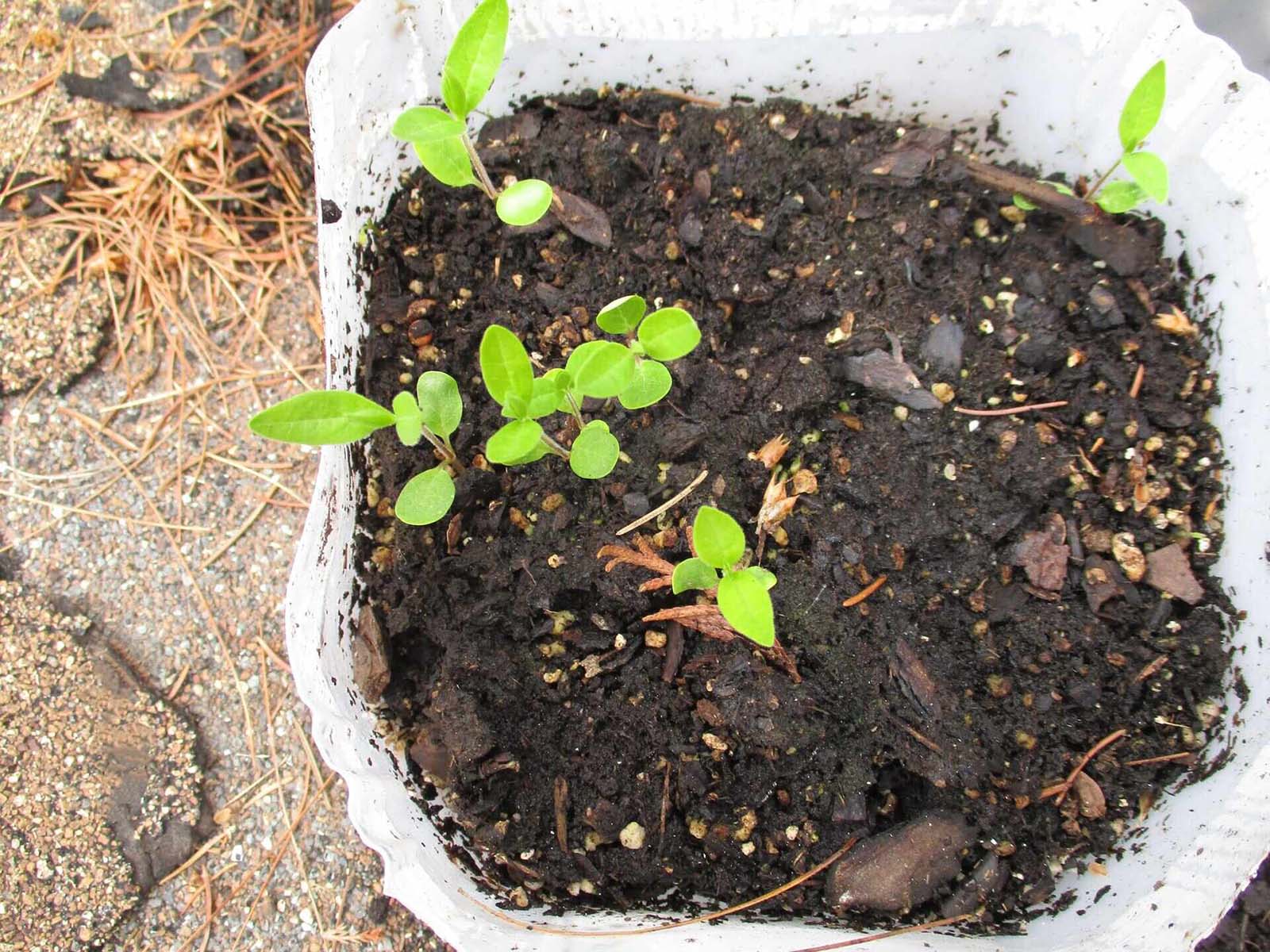
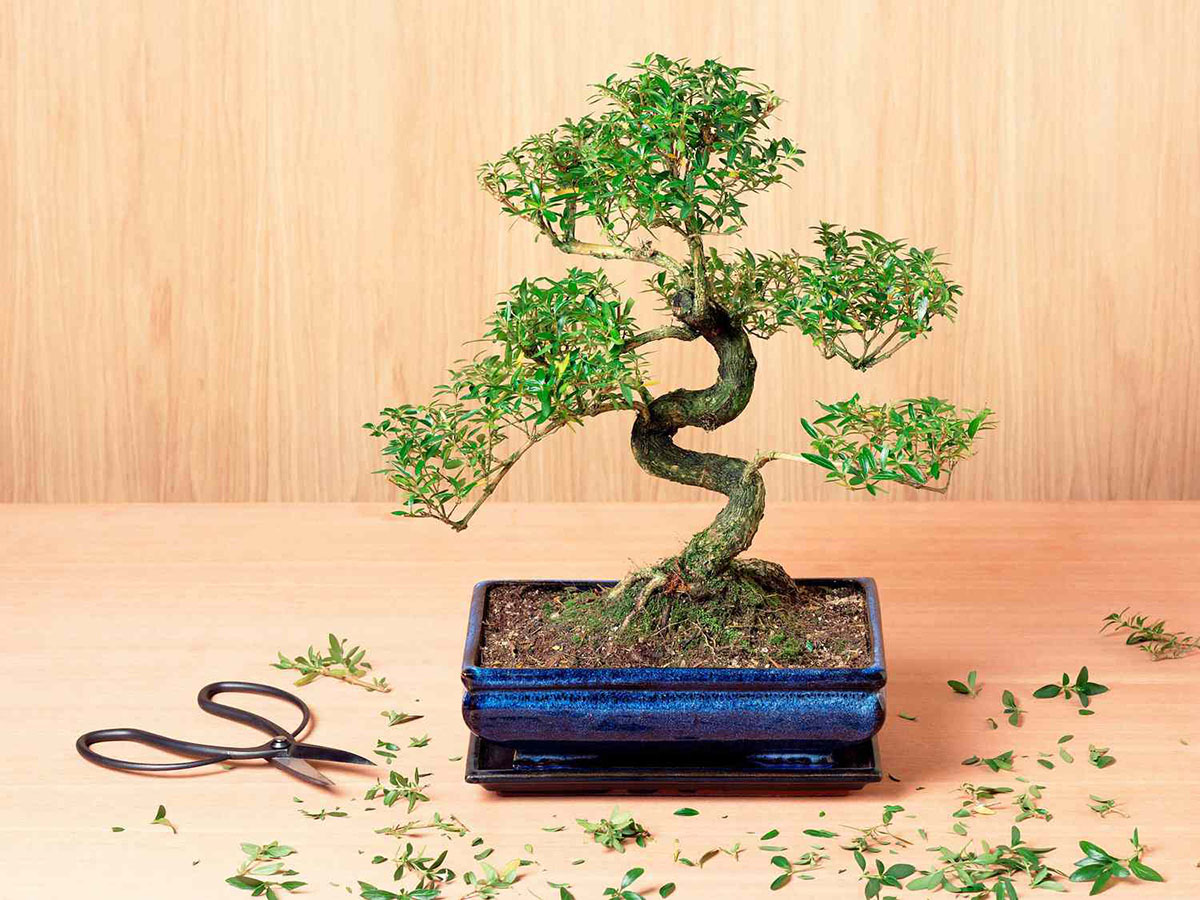


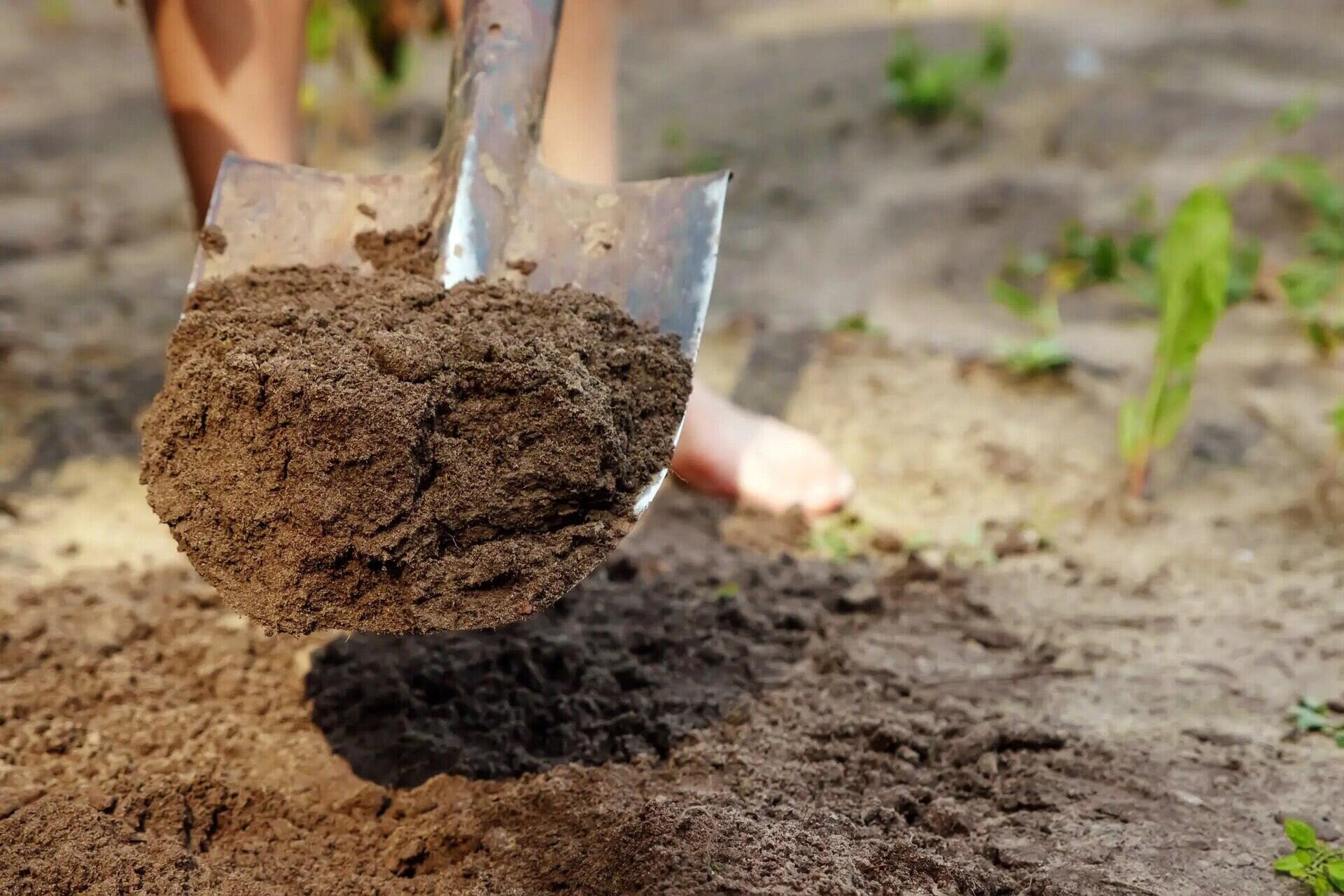
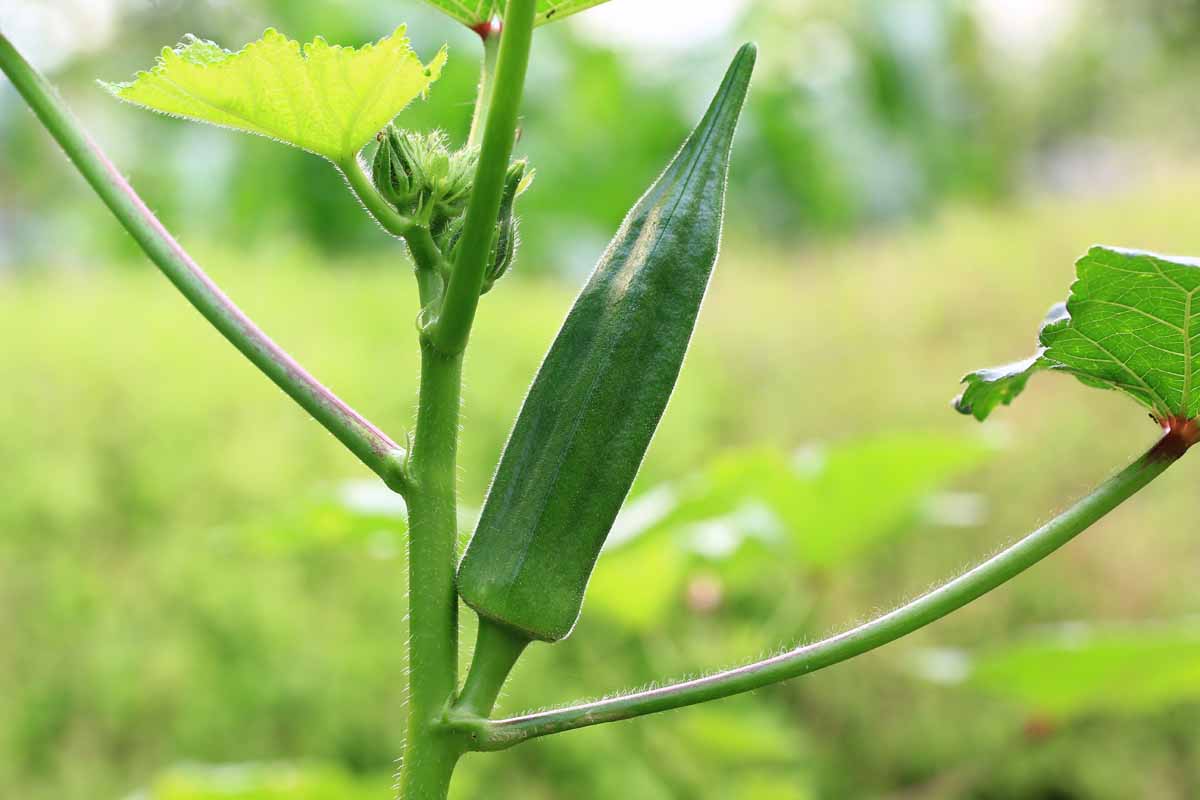
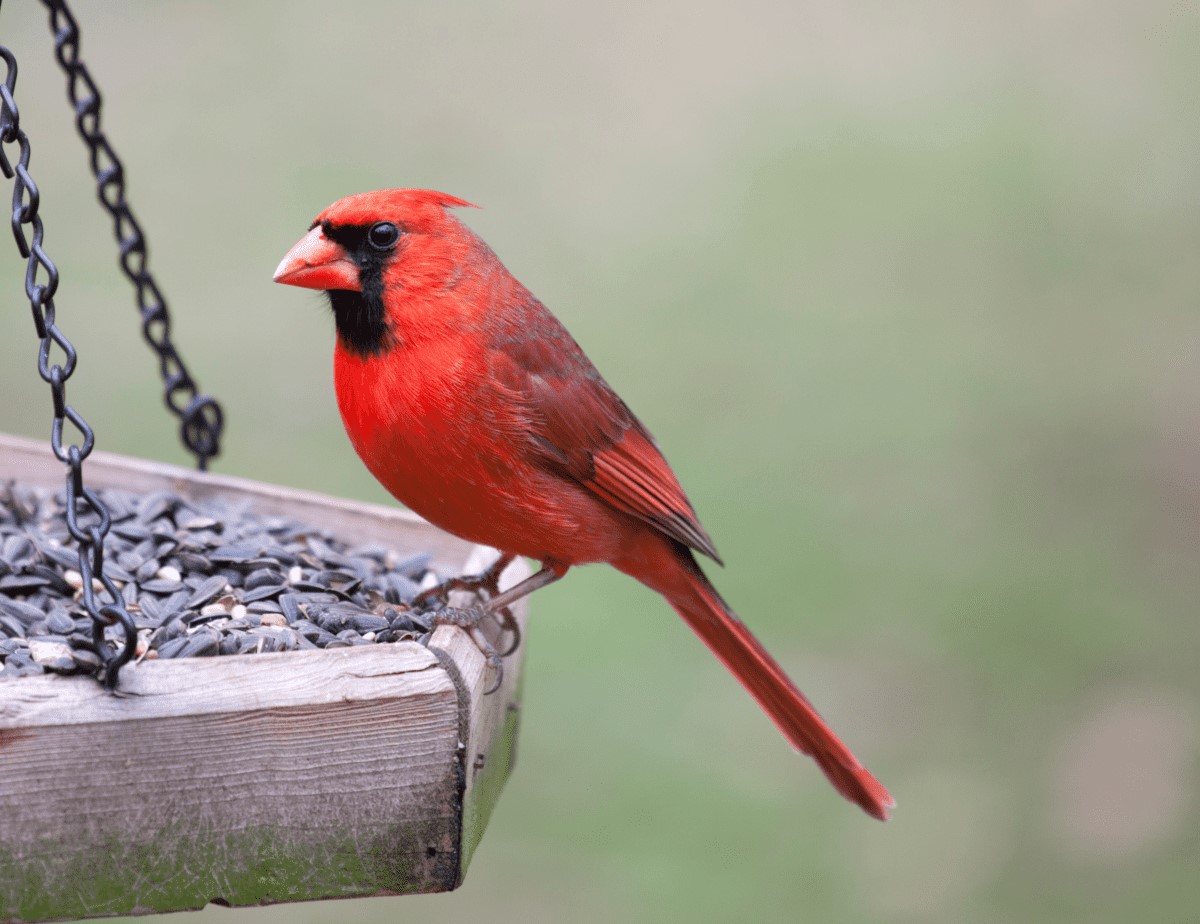

0 thoughts on “What Kind Of Tree Has The Helicopter Seeds”